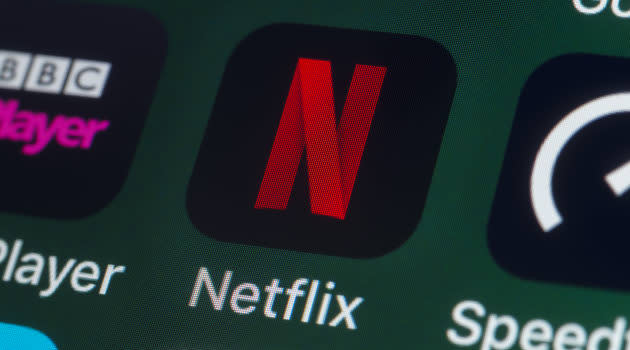How Netflix's Price Hike Changes the Streaming Landscape

Over the holidays, the success of Netflix's Bird Box prompted the media company to triumphantly tweet that more than 45 million accounts had streamed the movie during its first week of release, an unprecedented success for a Netflix original film. But a scant few weeks later Netflix subscribers, like the blindfolded and stumbling characters of its hit movie, confronted their worst fears—a price hike from the streaming giant.
In light of the higher price tag for all Netflix plans, subscribers may want to rethink their choice of content provider for 2019. How does the new Netflix price model stack up against its current competitors, and does it make sense for current customers to jump ship?
How much has Netflix raised its prices?
Back in the early 2000s, when Netflix was seen as a scrappy up-and-comer taking on the now extinct home media rental behemoths such as Blockbuster and Hollywood Video, the service traded on the content produced by film and television studios (just like every other rental company at the time). Today, however, the company spends billions on producing original content (the exact number remains disputed by analysts and Netflix isn't forthcoming with its budget), not to mention the money it spends in licensing popular shows such as Friends.
In light of all the cash flowing out of Netflix, it's not surprising the company felt the need to raise the price of its plans. Here's the breakdown of what's changed.
Netflix Price Hike
Plan Name | Previous Price | New Price |
|---|---|---|
Basic | $7.99 | $8.99 |
Standard | $10.99 | $12.99 |
Premium | $13.99 | $15.99 |
A complete explanation of what each of those plans entails can be found here, but the main difference is in the quality of the picture streamed and how many screens can simultaneously play Netflix content. The new prices, which is the largest hike since Netflix launched its video streaming service 12 years ago, go into immediate effect for new subscribers, whereas current subscribers will begin paying more sometime within the next three months.
Does Netflix still make sense?
With content providers increasingly turning to platform-exclusive shows and movies to attract and retain subscribers, the dream of a single all-encompassing service has devolved into a fragmented media landscape that looks suspiciously like the cable industry it was meant to replace. The average American currently pays for three different services, so should Netflix still make your top three?
Most likely, yes. Even with the 13% to 18% price increase, Netflix's basic plan is in line with its main competitors, Hulu and Amazon Prime. Hulu, for example, costs $7.99 a month but you're also having to watch commercials with your content (an upgraded plan costs $11.99 a month). Amazon offers a stand-alone subscription for Prime Video that runs $8.99, and while the e-commerce/doulas to the future robopocalypse features critically-acclaimed shows such as The Marvelous Mrs. Maisel its content doesn't become watercooler conversation as readily as Netflix's.
Subscribers to Netflix's premium plan who also enjoy killer robots, undead dragons and nudity of questionable taste might consider swapping Netflix for HBO Now. The cable channel's stand-alone streaming service costs $15 a month, a dollar less than Netflix's premium service, and offers some of television's most groundbreaking and beloved shows (as well as Arli$$). But when everybody at the office is talking about Bird Box 2 will you feel OK about being left out?
